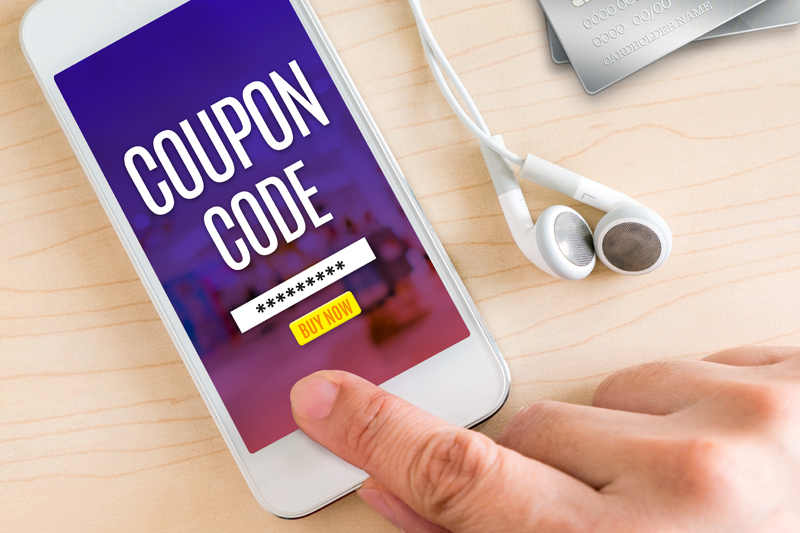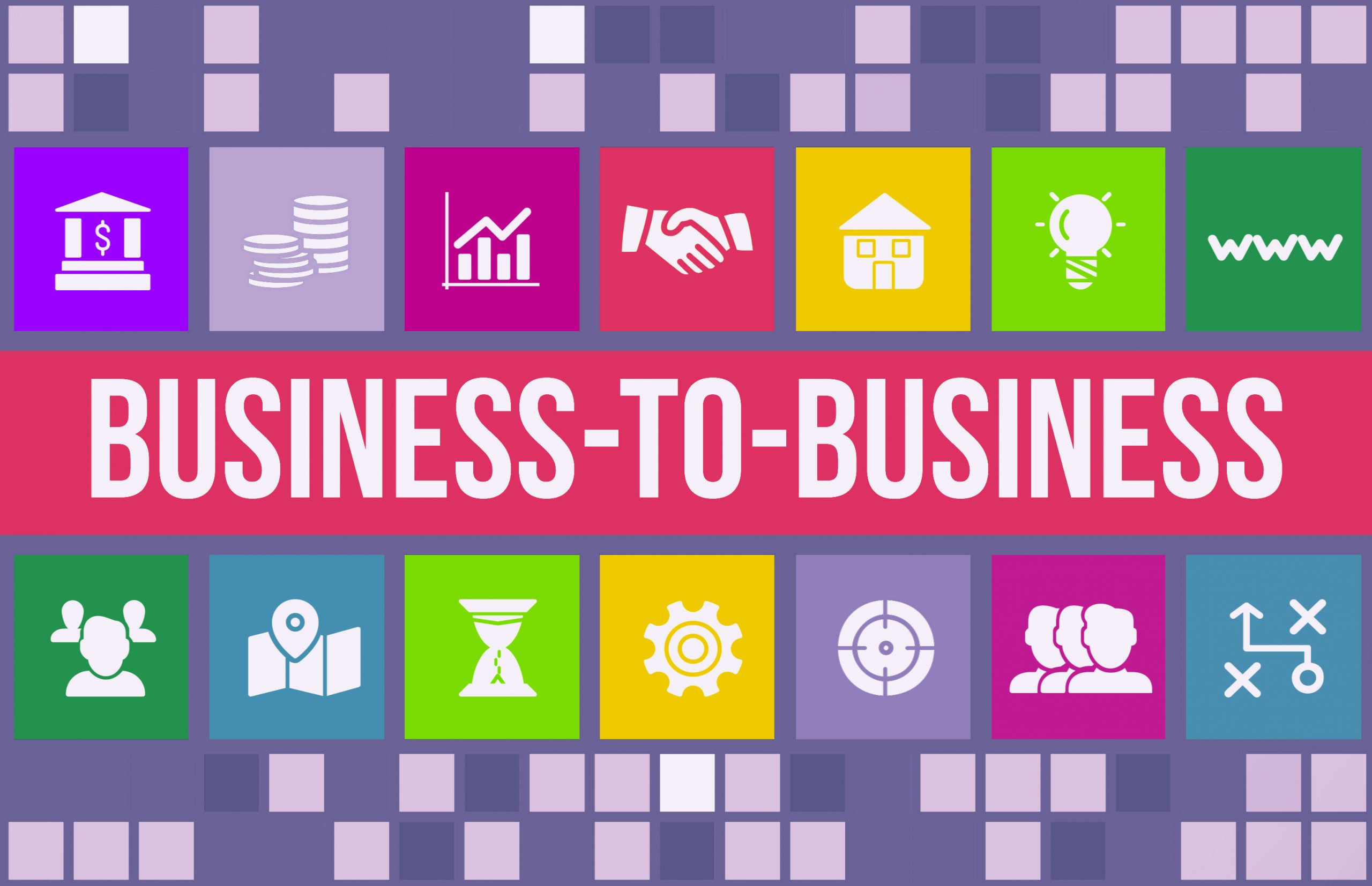
Do coupons drive sales?
We live in a time of cost sensitivity. There’s a reason why Amazon and Wal-Mart are thriving in our culture, and it’s not all due to quality of goods sold or customer service. That’s not to say that producing quality merchandise or focusing on customer experience won’t result in sales. In fact, those are both great differentiators to leverage against your competition. What it is to say, is that the cost of a good is driving a large portion of the conversions we see online and in store.
Some would argue that Amazon thrives on convenience, and that’s true. But how many times have you sat in a store looking at a product only to check if you could find it cheaper online? If you’ve ever chosen to buy it online instead of in-store, as you conveniently held it in your hand, you’ve proven to yourself that price is more critical than convenience to conversion. With that in mind, let’s looks at some of the ways price sensitivity can be leveraged for your brand to increase conversions. We’ll cover most of the discount strategies that should be part of any marketing mix.
Discount Methodology
Coupon Sites
Coupon sites are self-explanatory, they are a repository of coupons sourced direct from advertisers or discovered and uploaded by everyday users. Major sites like Retail Me Not and Revoupon are quickly becoming some of the most trafficked websites. According to SEMrush, Retail Me Not had over 33.4 million organic visitors monthly, up nearly 10 million visitors since the same time in 2016. AN increase in traffic of that magnitude to a site that offers no more than digital coupons for online shoppers indicates that consumers are actively searching for discounts on most, if not every, purchase.
Some advertisers argue that coupons are a bottom of the funnel contributor that takes away from the brands bottom line or devalues the brand. The truth is that if a brand is flooding the market with coupons, it absolutely can devalue the brand because consumers assume that they shouldn’t have to pay full price for that brands product. However, with a partner like Revoupon who offers content and reviews in addition to coupons, consumers are hit at the top and bottom of the funnel. So, when evaluating coupon sites, brands should evaluate whether the coupon site is simply an aggregator or whether it offers additional value and touches for potential customers.
Onsite Deals
On site deals are a great way to entice users to make a purchase while a brand already commands their attention. One strategy to avoid is launching on consumers right when they land on the site. If it’s a new user, they haven’t made up their mind about whether they like the brand and will likely dismiss the offer. An immediate discount offer also invites consumers to shop for a better discount at checkout. Fir one thing, they may have dismissed your offer initially and now they know they should be able to get at least that much off their purchase. This works doubly against brands because if the consumer finds a discount elsewhere, the brand is likely on the hook for the affiliate payout too.
It’s best to launch on a user on the product page or on cart abandonment. There are numerous cart abandonment solutions that can intuitively decide when and what offers to show a user when they are about to click the back button or hover on a close tab/window button.
One drawback to onsite deals is that consumers often don’t trust that the deal onsite is the best available. So, even if the consumer is hit with a deal at the right time in process, they may still go offsite looking for a better promo or coupon.
Coupon Socializers
Coupon Socializer or Brand Socializers are affiliate publishers that have extensive reach in the social media, forum, blog, and web space. They often have multiple owned site or vast relationships with other sites and channels where they can promote brands organically. Magnattract, for example, has organic reach into these channels and can position a brand in any vertical in a way that seems non-promotional. The benefit to brands is the “promotions” do not come across as promotional in nature and often involve conversations about the brand, increasing “buzz” around brands and can increase organic traffic. In addition, the promotion involves a discount or coupon for a well-known brand, the offer can go “viral” and be shared organically across countless channels.
Browser Extensions over the years. Some extensions hijacked affiliate sales, redirected to competitors, and captured data from consumers. Extensions like Honey and Rakuten’s Button have changed that perception somewhat, but in many cases, they perform the same way. Honey for example crawls and searches for the best discount on a site, whether the consumer would’ve sought a coupon or not. A brand may be needlessly paying, or overpaying, for conversions as a result. That’s not to say that browser extensions are bad, they assist in the same way that as other strategy’s, helping to convert users at the last stages of buying.
Cashback as a Coupon
Incent, cashback, loyalty, and rewarded traffic are similar traffic types. Incent is typically frowned upon by many affiliate managers, but it’s time to reevaluate that notion. It’s all about the offer. Some would argue that incent has low-quality traffic with users that aim to “game” the system. These users do exist and typically seek out offers that give them both a product and money in their pocket. To properly utilize a cashback or incent publisher it requires careful monitoring of traffic quality and should be structured in a way that prevents users from profiting. For example, if a subscription box is offering a discount and payout that exceeds the cost to the user, a brand should strongly consider capping the allowed cashback to users.
Many cashback pubs want to see a payout that is double the cost to the user. These pubs will reward member with the enough to purchase the product, or in some cases more than the cost. This often results in fraud, cancellations, and chargebacks. If the brand strategy is to increase signups and sales to increase the user base or brand exposure, this can be a good strategy if ROI is not a hard KPI.
Affinity
Affinity sites are the golden child of cashback. These sites offer their users the ability to support charities or causes. Instead of receiving cashback to their account, the cashback goes to a charity, often of the user’s choice. There tends to be less fraud on these platforms, since the user doesn’t personally gain anything from the cashback. In addition, some affinity sites partner with brands to support a cause of their choice, which can lead to the brand promoting the offer – a win-win for both sides.
Are coupons a strategy worth pursuing?
The short answer is, YES! The long answer is that it depends on the brand. Research shows that consumers feel better about their purchase when they can use a coupon. If too many coupons are available it can devalue the brand and leave consumers wondering whether they got the best deal, or if they should’ve waited until a coupon was available.
Coupons do drive sales. Where coupons drive sales within the funnel is a contested subject. Seeing a coupon organically on a forum may drive a consumer to check out a brand, which puts it at the very top of the funnel. Consumers who search for coupons at checkout, puts coupons at the bottom of the funnel. However, whether the consumer would’ve made the purchase without the coupon is a mystery that may never be solved.
Table of contents
Related articles

Do coupons drive sales?
We live in a time of cost sensitivity. There’s a reason why Amazon and Wal-Mart are thriving in our culture, and it’s not all due to quality of goods sold or customer service. That’s not to say that producing quality merchandise or focusing on customer experience won’t result in sales. In fact, those are both great differentiators to leverage against your competition. What it is to say, is that the cost of a good is driving a large portion of the conversions we see online and in store.
Some would argue that Amazon thrives on convenience, and that’s true. But how many times have you sat in a store looking at a product only to check if you could find it cheaper online? If you’ve ever chosen to buy it online instead of in-store, as you conveniently held it in your hand, you’ve proven to yourself that price is more critical than convenience to conversion. With that in mind, let’s looks at some of the ways price sensitivity can be leveraged for your brand to increase conversions. We’ll cover most of the discount strategies that should be part of any marketing mix.
Discount Methodology
Coupon Sites
Coupon sites are self-explanatory, they are a repository of coupons sourced direct from advertisers or discovered and uploaded by everyday users. Major sites like Retail Me Not and Revoupon are quickly becoming some of the most trafficked websites. According to SEMrush, Retail Me Not had over 33.4 million organic visitors monthly, up nearly 10 million visitors since the same time in 2016. AN increase in traffic of that magnitude to a site that offers no more than digital coupons for online shoppers indicates that consumers are actively searching for discounts on most, if not every, purchase.
Some advertisers argue that coupons are a bottom of the funnel contributor that takes away from the brands bottom line or devalues the brand. The truth is that if a brand is flooding the market with coupons, it absolutely can devalue the brand because consumers assume that they shouldn’t have to pay full price for that brands product. However, with a partner like Revoupon who offers content and reviews in addition to coupons, consumers are hit at the top and bottom of the funnel. So, when evaluating coupon sites, brands should evaluate whether the coupon site is simply an aggregator or whether it offers additional value and touches for potential customers.
Onsite Deals
On site deals are a great way to entice users to make a purchase while a brand already commands their attention. One strategy to avoid is launching on consumers right when they land on the site. If it’s a new user, they haven’t made up their mind about whether they like the brand and will likely dismiss the offer. An immediate discount offer also invites consumers to shop for a better discount at checkout. Fir one thing, they may have dismissed your offer initially and now they know they should be able to get at least that much off their purchase. This works doubly against brands because if the consumer finds a discount elsewhere, the brand is likely on the hook for the affiliate payout too.
It’s best to launch on a user on the product page or on cart abandonment. There are numerous cart abandonment solutions that can intuitively decide when and what offers to show a user when they are about to click the back button or hover on a close tab/window button.
One drawback to onsite deals is that consumers often don’t trust that the deal onsite is the best available. So, even if the consumer is hit with a deal at the right time in process, they may still go offsite looking for a better promo or coupon.
Coupon Socializers
Coupon Socializer or Brand Socializers are affiliate publishers that have extensive reach in the social media, forum, blog, and web space. They often have multiple owned site or vast relationships with other sites and channels where they can promote brands organically. Magnattract, for example, has organic reach into these channels and can position a brand in any vertical in a way that seems non-promotional. The benefit to brands is the “promotions” do not come across as promotional in nature and often involve conversations about the brand, increasing “buzz” around brands and can increase organic traffic. In addition, the promotion involves a discount or coupon for a well-known brand, the offer can go “viral” and be shared organically across countless channels.
Browser Extensions over the years. Some extensions hijacked affiliate sales, redirected to competitors, and captured data from consumers. Extensions like Honey and Rakuten’s Button have changed that perception somewhat, but in many cases, they perform the same way. Honey for example crawls and searches for the best discount on a site, whether the consumer would’ve sought a coupon or not. A brand may be needlessly paying, or overpaying, for conversions as a result. That’s not to say that browser extensions are bad, they assist in the same way that as other strategy’s, helping to convert users at the last stages of buying.
Cashback as a Coupon
Incent, cashback, loyalty, and rewarded traffic are similar traffic types. Incent is typically frowned upon by many affiliate managers, but it’s time to reevaluate that notion. It’s all about the offer. Some would argue that incent has low-quality traffic with users that aim to “game” the system. These users do exist and typically seek out offers that give them both a product and money in their pocket. To properly utilize a cashback or incent publisher it requires careful monitoring of traffic quality and should be structured in a way that prevents users from profiting. For example, if a subscription box is offering a discount and payout that exceeds the cost to the user, a brand should strongly consider capping the allowed cashback to users.
Many cashback pubs want to see a payout that is double the cost to the user. These pubs will reward member with the enough to purchase the product, or in some cases more than the cost. This often results in fraud, cancellations, and chargebacks. If the brand strategy is to increase signups and sales to increase the user base or brand exposure, this can be a good strategy if ROI is not a hard KPI.
Affinity
Affinity sites are the golden child of cashback. These sites offer their users the ability to support charities or causes. Instead of receiving cashback to their account, the cashback goes to a charity, often of the user’s choice. There tends to be less fraud on these platforms, since the user doesn’t personally gain anything from the cashback. In addition, some affinity sites partner with brands to support a cause of their choice, which can lead to the brand promoting the offer – a win-win for both sides.
Are coupons a strategy worth pursuing?
The short answer is, YES! The long answer is that it depends on the brand. Research shows that consumers feel better about their purchase when they can use a coupon. If too many coupons are available it can devalue the brand and leave consumers wondering whether they got the best deal, or if they should’ve waited until a coupon was available.
Coupons do drive sales. Where coupons drive sales within the funnel is a contested subject. Seeing a coupon organically on a forum may drive a consumer to check out a brand, which puts it at the very top of the funnel. Consumers who search for coupons at checkout, puts coupons at the bottom of the funnel. However, whether the consumer would’ve made the purchase without the coupon is a mystery that may never be solved.




